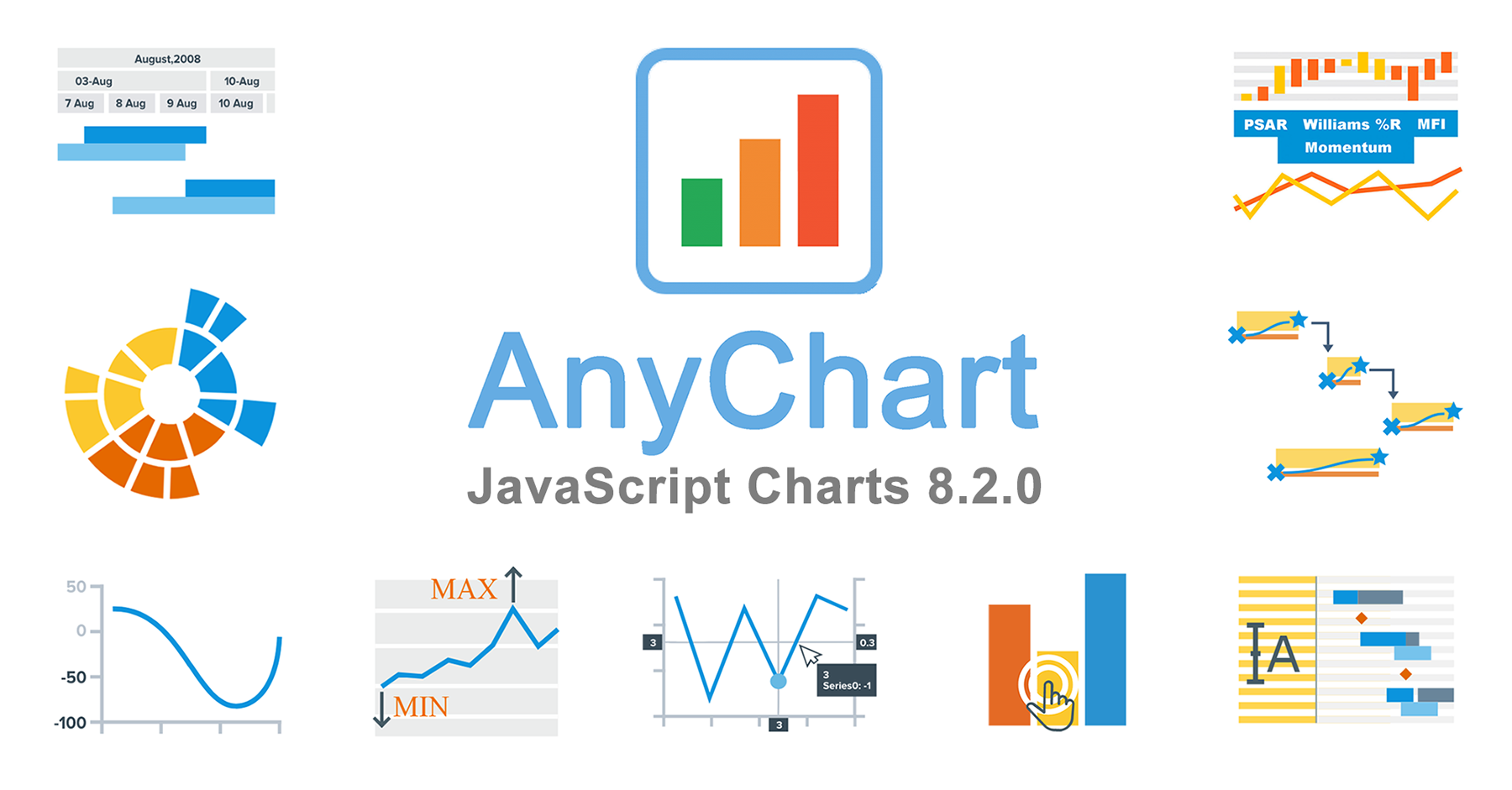

GapRecord.layout := rec( height := 500 ) ĬreateVisualization( rec( tool := "plotly", data := gapRecord ) ) ģ.4 Documentation for each visualization tool GapRecord := JsonStringToGap( jsonText ) JsonText := ReadAll( InputTextFile( "EV Charge Points.json" ) ) # read file and convert JSON into a GAP record You can load it and use it in a visualization as follows.

For example, in this package's directory, the file example/EV Charge Points.json contains JSON data from one of the Plotly project's blog posts.

You might have some data in that form generated by another source or downloaded from the web. RenderedPosition := rec( x := 200, y := 200 )ĭata := rec( id := "Child2", parent := "Parent" ),Īs the documentation cited in Section 3.4 states, all of the underlying visualization tools used by this package accept input in JSON form. We cover two examples here.Īssume that you have a plot that you're creating with the high-level API, like the following example.ĭata := rec( id := "Child1", parent := "Parent" ), This is a great starting point for learning the data formats that CreateVisualization ( 7.2-5) expects, in preparation for either tweaking them or creating them from scratch. There are a few techniques for taking a call to the high-level API (either to Plot ( 7.1-1) or PlotGraph ( 7.1-3)) and computing what data it eventally passes to CreateVisualization ( 7.2-5).
#Directed graph anychart js how to
The sections below describe how to communicate with each of the visualization tools this package makes available, using CreateVisualization ( 7.2-5). Those records are converted into JSON form by the json package, and handed to whichever JavaScript toolkit you have chosen to use for creating the visualization (or the default tool if you use a high-level function and do not specify). Even visualizations created by the high-level API documented in Chapter 2 call the CreateVisualization ( 7.2-5) function under the hood. Nearly all visualizations in this package are created by passing to the CreateVisualization ( 7.2-5) function records describing what to draw. You can view its complete documentation in the function reference in Chapter 7, but examples are given in this chapter. The low-level API is accessed through just one function, CreateVisualization ( 7.2-5). 3.5-2 Example: Cytoscape 3 Using the low-level API


 0 kommentar(er)
0 kommentar(er)
